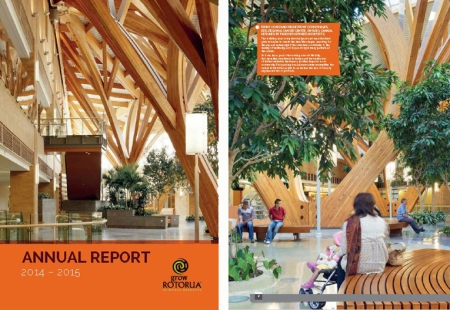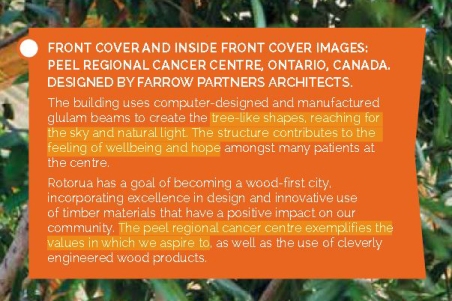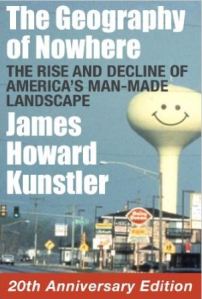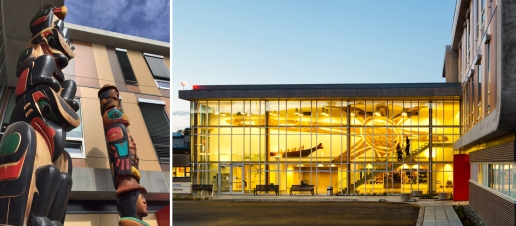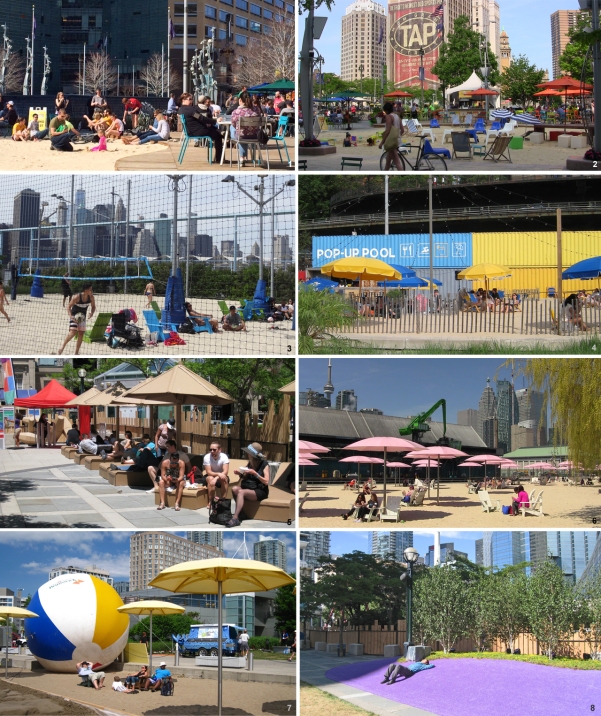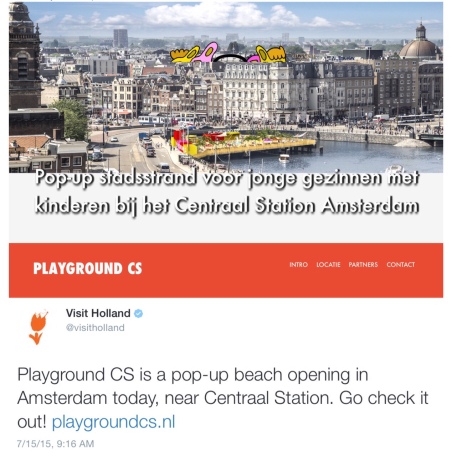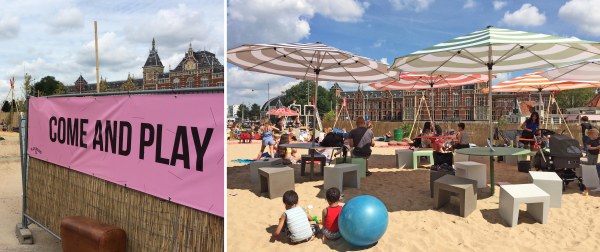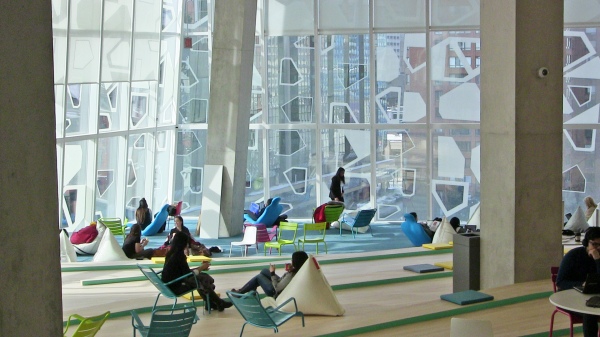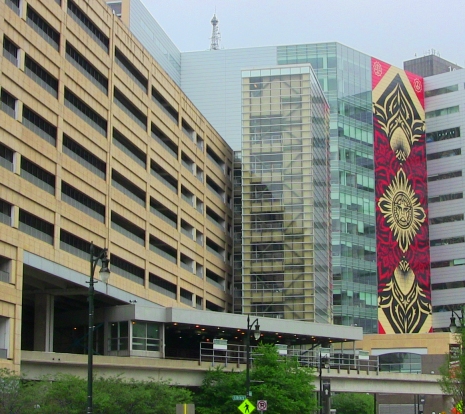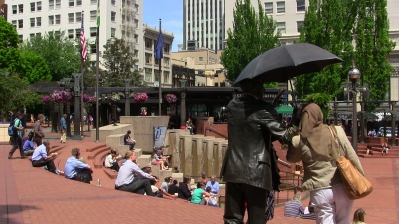Archive for the ‘cause health’ Category
Conventional wisdom: begin solving a “design problem” by defining the problem.
But the best planning process begins with vivid aspirational statements, rather than setting out to solve a problem.
Problem solving is an activity that drains people’s energy. This is not news. In the late 1960s, Ronald Lippitt at the University of Michigan studied group problem solving and found that when people focus only on problems, they get depressed.
By contrast, Lippitt also found that when groups begin by developing a specific and persuasive definition of their future, they had more energy and motivation to work through problems along the way.
Problem solving tends to be about filling gaps and fixing deficiencies. Fixing large scale problems can feel overwhelming, maybe even impossible.
We can compare Abraham Maslow, who was a leader in the positive psychology movement (along with Martin Seligman) to Aaron Antonovsky, who studied positive health rather than sickness, and Ronald Lippitt (originally with Kurt Lewin) who led a “preferred future” approach to planning (v. problem solving).
For all three of these pioneers, the idea of focusing on positive concepts rather than pathology is not merely about “positive thinking.” Pure positive thinking is vulnerable to ignoring blind spots while oversimplifying challenges, which can lead to bad decisions.
Instead, we can plan for greater possibilities using rigorous values-based criteria to guide our decisions. Planning for possibilities begins by identifying assets rather than deficiencies, and goes on to define a purpose, as well as values and aspirations. This planning approach leads to better decisions than the most creative problem solving model.
-Sharon VanderKaay
Can anyone expect to understand “design thinking” in a 2-day course? Well, yes, if you are talking about an event, rather than a habitual way of seeing the world and its possibilities. And what about the global consequences of design thinking events? Not all stuff we didn’t know we need is good for the planet. Where’s the concern for values in the value proposition that typically comes out of design thinking events?
Design seeing, thinking and doing
Designers draw on a whole lifetime of observation, imagination, exploration, navigation and concern for regeneration. This way of seeing allows them to leap forward with a “what if?” approach to self-limiting “if only__” beliefs.
“If only___” says we’re stuck. We can’t move until, or unless, something that is out of our control happens. This can be an excuse for inaction. But sometimes people are overwhelmed by complexity. Design seeing allows fresh answers to emerge.
Narrow-seeing industrial era thinking worked when the consequences of decisions were hidden. Pollution, bad management-labor relations, smoking, building ugly junk—the fallout from such practices is self-evident today. Design seeing exposes consequences as well as possibilities.
-Sharon VanderKaay
Six-time winner of New Zealand’s most beautiful city, Rotorua has set out a plan for sustainable economic growth.
Not just growth, sustainable growth. Over the past six decades, we’ve seen the consequences of growth for growth’s sake, without concern for economic and social sustainability. The history and ongoing cost of not creating “places worth caring about” is vividly described by James Howard Kunstler in his seminal book The Geography of Nowhere.
Rotorua, by contrast, is keen to attract healthy business investors and talent by not only relying on its abundant natural assets, but also by instilling high aspirations for quality of place. Their current annual report features Farrow’s glulam wood project near Toronto, stating that this design “exemplifies the values which we aspire to.”
Designers have been talking about humanizing design for generations. So why is our built environment so dismal today? How has mediocrity remained the norm?
In order to raise expectations for design and to ultimately promote a culture that demands quality design, it is vital to cite examples in use.
There can be no change without awareness, and no awareness unless the public understands what they are looking at. Higher standards for what can be achieved at the same cost can be more widely understood through the following approaches:
- DEMONSTRATE examples that are a physical embodiment of higher aspirations
- ANALYZE elements that add up to health-causing, uplifting, built-to-last design
- COMPARE demand for quality design to concerns for healthier food and green standards
- EXPERIENCE places and the feelings they evoke through facilitated walks and tours
- ENGAGE clients and the public in a dialogue regarding these issues
- QUESTION marketing hype by asking, how does this place really make you feel?
- CONTRAST elements of health-causing and dis-ease causing design
- STATE a higher purpose and legacy for design than to simply contain programs and/or replace infrastructure
In recent years, marketing hype has evolved to the point of describing the most awful, soulless spaces as “community place-making.” Fortunately, there are increasing numbers of advocates for healthy places (many of whom who do not have formal design training) who question this blather while raising expectations for what design can be and do.
-Sharon VanderKaay
We have explained how the Cause Health movement is focused on health assets rather than health deficits. The creation of thoughtfully developed and integrated artwork is a tangible celebration of this salutogenic point of view.
Our approach to incorporating art at Sechelt Hospital on the Sunshine Coast in British Columbia demonstrates both a healthy process and a healthy result. This art brings to life the rich history, culture, legends and spirit of the First Nations shishalh people. We conceived of three major installations by local artists that would radiate messages of healing, protection and collaboration.
These works consist of a lobby sunburst mural, exterior entrance totem poles, and memorable elevator lobby symbols. Together they bring meaning, special identity and recognition that highly emotional life events happen here.
This holistic approach earned an international award for use of art in the patient environment at the 10th Annual Design and Health World Congress.
Drawing on the talents of Coast Salish shishalh people who first settled here thousands of years ago, the theme of healing was essential not only in relation to the hospital but also with regard to the First Nations’ painful history on this particular land. Generations of disease and misguided government policies, including hardship specifically related to hospital’s site, had taken a devastating toll. However, the Salish shishalh have moved forward to rebuild and heal painful memories. At a recent public ceremony to celebrate the unveiling of these completed artworks to the community, carver Tony Paul said that the totems convey messages of welcoming and healing, “Not just healing our health, but also healing our people.”
The poles at the entrance tell stories that connect the physical and spiritual worlds. A 50′ x 20′ sculptural sunburst mural was created by artist Shain Jackson who explains, ‘The Canoe People represent community; when others paddle with you in a canoe it is acknowledged that you are headed to the same place and devoted to the same goal.”
Young artists from the community were involved from start to finish in order to learn the entire process: from working with administrators and architects, to presenting and quoting on the work, to fabrication and installation.
Sechelt Hospital (originally St. Mary’s Hospital) has been listed as the 10th most environmentally friendly hospital in the world; the only one selected from Canada. This LEED Gold certified project also recently won a SAB Canadian Green Building Award. It was designed with the goal of becoming North America’s first carbon-neutral hospital.
– Sharon VanderKaay
project: St. Mary’s Hospital, Farrow in association with Perkins + Will Architects
mural photography: Latreille & Delage
In the middle of downtown Detroit–far from the nearest body of water–there is a hugely popular beach. It brings office workers, children, tourists and students together in an optimistic, informal setting that encourages social interaction. The sand invites creative play and evokes a mini-vacation, if only for an hour’s escape.
We are starting to see city “sandboxes” for all ages nestled in sight of tall buildings around the globe. Pictured below are beach-like settings in Detroit (photos 1 & 2, Campus Martius) Brooklyn (photos 3 & 4, at Brooklyn Bridge Park) and Toronto (photo #4. Pop-up Cardboard Beach, 5. Sugar Beach, 6. HtO Beach and 8. Pop-up for the Luminato Festival).
These swimless beaches provide places to get away from the hard edges of the city. Unlike the traditional rigid park bench arrangement, seating can be combined to suit groups or offer solitude. Either way, city sandboxes feed the psyche.
The first time I became aware of the swimless urban beach and sandbox was the Paris Plages installations that began in 2008, one of which is pictured below. Read this description of why it works by Project for Public Spaces.
“Paris Plages 2013 DSC 0822w” by Peter Haas /. Licensed under CC BY-SA 3.0 via Wikimedia Commons https://commons.wikimedia.org/wiki/File:Paris_Plages_2013_DSC_0822w.jpg#/media/File:Paris_Plages_2013_DSC_0822w.jpg
UPDATE: Playground CS pop-up beach opens for 6 weeks near Centraal Station in Amsterdam today!
At the Ryerson Student Learning Centre, “The Beach” is a cheerful indoor place to study, talk and meet in small groups. During Toronto’s long winters it works as a metaphor, even without sand or water.
– Sharon VanderKaay
It’s obvious that Dan Gilbert is getting excellent advice as he invests in public space interventions that are defining the New Detroit in major ways.
His contributions to the downtown core demonstrate three important qualities which offer lessons for other cities:
1. They add to Detroit’s unique culture, character and identity (v. generic, placeless design)
2. They are upbeat and dignified (not glitzy and cheesy)
3. They reflect a spirit of stewardship (leveraging the city’s human assets and potential)
This striking new 18-story mural by Shepard Fairey is a fine example. Created as part of his work with Library Street Collective its enduring theme of peace and justice animate an otherwise boring view of ordinary architecture and a parking garage:
When skillfully placed, there is huge potential for Big Art to enliven dull urban spaces. But in order to be an enduring asset, the art must have strong, defining qualities that will make it locally meaningful and internationally significant.
By contrast, this “me-too” artwork (only a few blocks away) is one of literally 100 similar murals by the artist and is located 700 miles from the nearest ocean:
-Sharon VanderKaay
This photo essay is about the role of public seating in places that nurture human relationships and actively contribute to a healthy state of mind.
A decade or so ago it was common to see hostile – and even pathogenic – parks and public spaces. I remember sitting in NYC’s Bryant Park (for a few minutes in the ’80’s) when it was scary. Decaying conditions and anti-social behavior became normal when there was no direct involvement by each community in ongoing improvements.
In recent years, new standards for civic engagement and quality have been set by such places as Bryant Park, Campus Martius in Detroit and Sugar Beach in Toronto.
Rather than simply aim to “do no harm” in line with the 30+ year old “broken windows theory”, many of today’s new and revitalized parks are salutogenic .
-Sharon VanderKaay
Recently I led a Jane’s Walk which looked at a wide range of settings in terms of how they make us feel and why.
My message was that our daily visual diet affects our state of mind. We can make better choices as individuals and as a society if we become better critics.
During my walk I mentioned that “building beloved places is a sustainability issue.” Up to 40% of solid waste in landfills comes from construction debris. If we aim to build places that are love-worthy, they will not be destined for demolition. Our recent SAB Magazine article explores this idea in more detail.
Everyone has a different “Love List.” I’ve noted in the slides above some of my reasons for choosing these particular places.
What places do you love in your city?
– Sharon VanderKaay
How healthy is this place? How does it make you feel? In what ways does the design affect social interaction?
As we move through our daily lives, what elements in our habitat come together to feed our psyches—or starve our spirits?
Social media encourages people to instantly communicate their feelings about a place. We can now be part of an ongoing, multi-directional, open conversation, rather than being confined to formal design theories and official architectural criticism.
As we participate in these conversations, we build awareness for how design affects our state of mind. Social media also shows us global examples of what’s possible, thus exposing gaps in our own built environment.
For instance, recent visitors to Credit Valley Hospital (designed by Farrow) took photos and commented on the design’s impact:
One of these tweets was posted by Robert Wakulat, a partner with Wakulat Dhirani LLP at the Centre for Social Innovation, who reports he has always had some sense of how places affect his state of mind, having lived in Europe and Japan to contrast with Toronto. He says, “Twitter provided an outlet to express those feelings…If anything Twitter has accelerated that awareness…After seeing what I liked or made sense in foreign contexts, it became more frustrating to see the ways in which Toronto was lacking.”
He further reflects, “I do think social media (Twitter, Facebook, Instagram) creates more instances of being wistful for the progressive ideas or heritage-honouring choices that other cities make. It also allows a conversation to take place between Torontonians following each other on what we like/dislike.”
Robert also believes that “following people on Twitter who contribute to publications such as Spacing Magazine (e.g. Shawn Micallef) keeps him in touch with the positives and negatives of what exists in our city.”
Indeed these exchanges also serve to highlight spaces that lack human qualities, such as:
Some designers have expressed concern that greater public participation will ultimately lead to “crowdsourcing design to the lowest level of taste.” However, we believe greater powers of observation and wider engagement in design issues are prerequisites for social, economic, psychological and physical health, as explained in our recent SAB magazine article.
-Sharon VanderKaay
1. They give us fresh perspective on the city. (Union Square, San Francisco)
2. They bring diverse people together. (The High Line, New York City)
3. They are a great place to eat lunch. (Vancouver Art Gallery)
4. You can be both alone and part of a group. (Pioneer Square, Portland, OR)
5. Your friends can more easily find you. (Metropolitan Museum of Art, NYC)
6. They motivate you to study. (Ryerson Student Centre, Toronto)
7. They mix formal with informal. (Four Seasons Centre, Toronto) (photo source)
8. Some combine ramps + stairs (“stramps”). (Robson Square, Vancouver)
9. They are a perfect venue for your brass band. (Philosopher’s Walk, Toronto)
10. You might see a pillow fight or Spider Man on a very early Spring day. (City Hall, Toronto)
-Sharon VanderKaay




